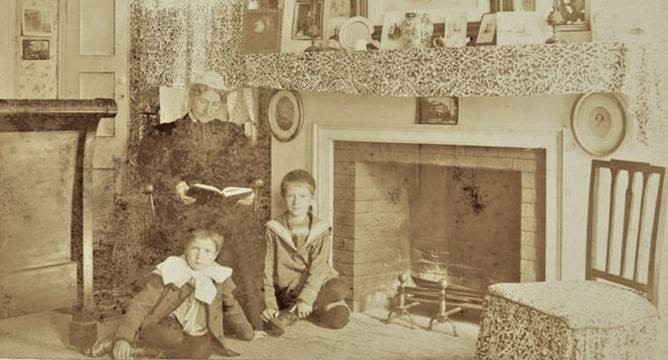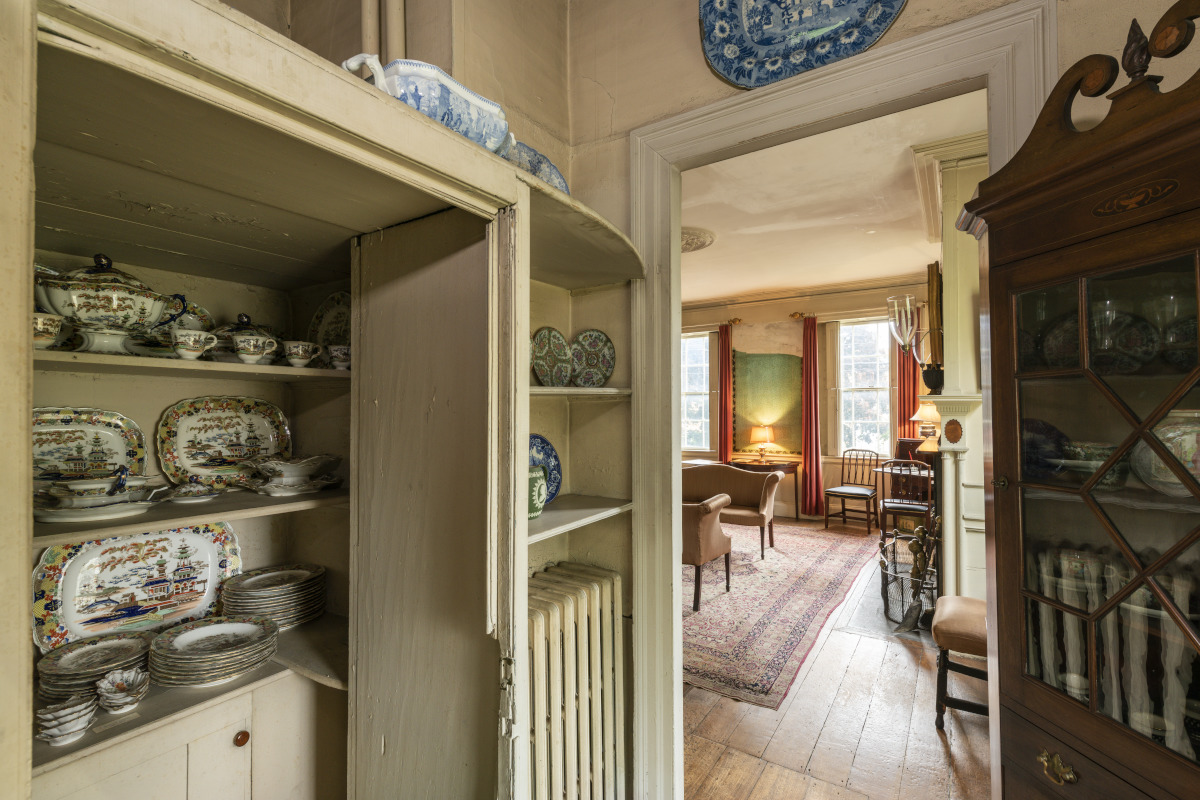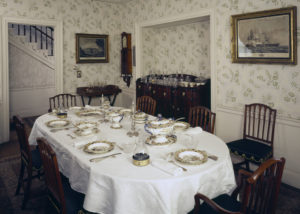 Rundlet-May House
Rundlet-May House
Staff and Household Employment

A house the size of the Rundlet household was a large operation: supplying the heating system with coal, maintaining the cistern, cleaning the house and all of the linens for a family of thirteen people, cooking all of the meals, and lighting fires and candles for heat and warmth. Typical of most houses of this size, the Rundlets employed many staff over the years. In the nineteenth century, there were advertisements in most newspapers calling for household staff members, and in the Portsmouth newspapers, there was no exception. In an 1810 federal census of the Rundlet household, there were additional non-family members living in the home. Two additional unnamed males age ten to fifteen; one unnamed male age sixteen to twenty-five; one unnamed female age ten to fifteen; two unnamed females twenty-six to forty-four.

Domestic staff manuals were becoming a common occurrence in nineteenth century England, and soon America. Robert Roberts, an African American employed in Massachusetts by Nathaniel Appleton, Kirk Boott and Gov. Christopher Gore, wrote the highly influential The House Servant’s Directory; larger households became dependent on the working classes to run them. These etiquette manuals acted as strict code for appropriate behavior when engaging in (often demoralizing and demeaning) tasks that the household deemed necessary.
